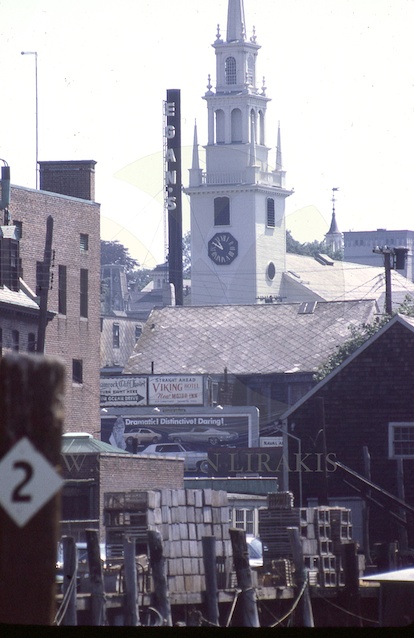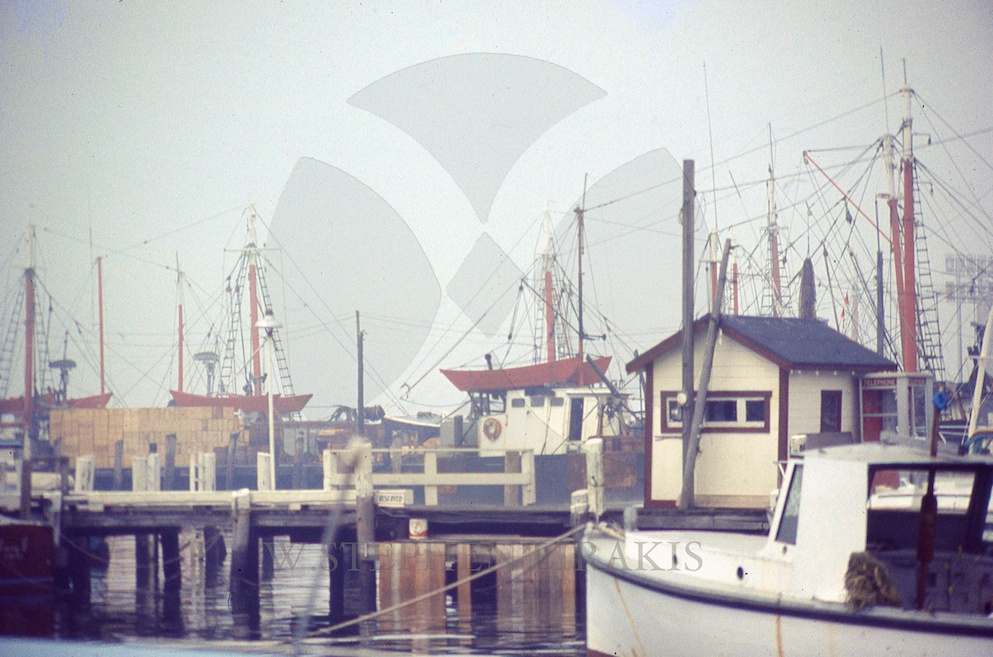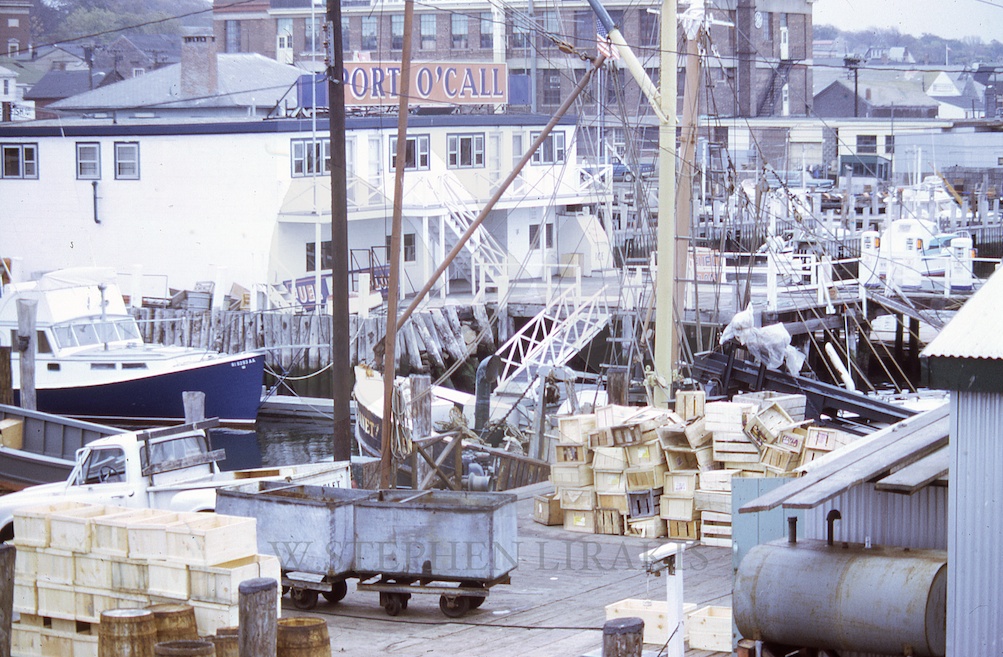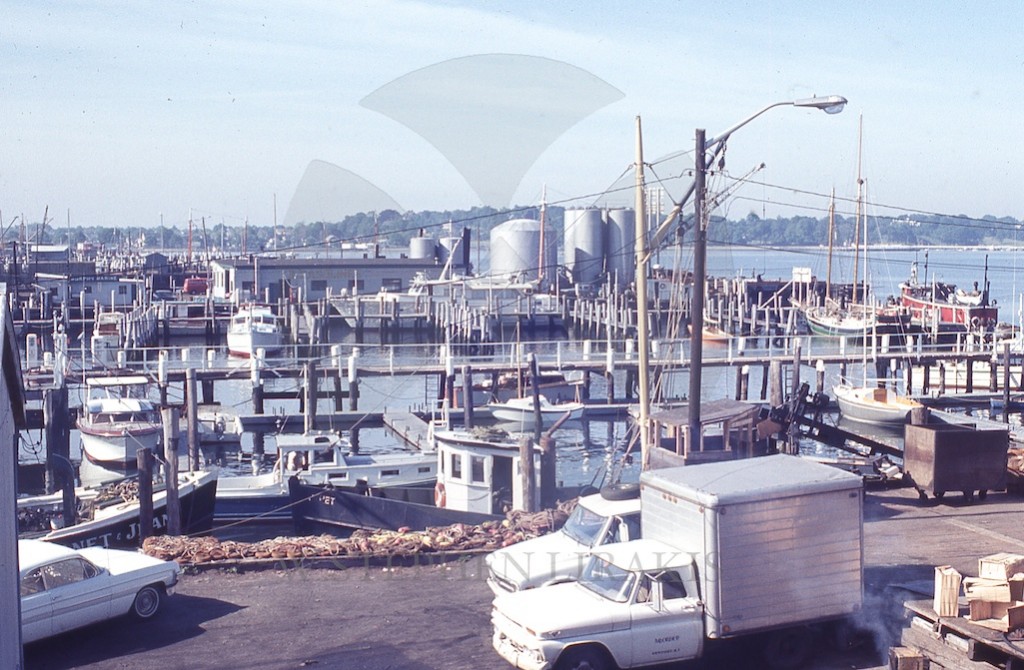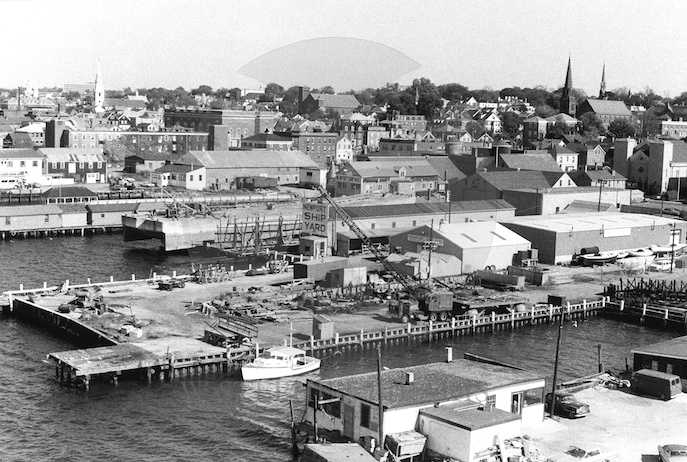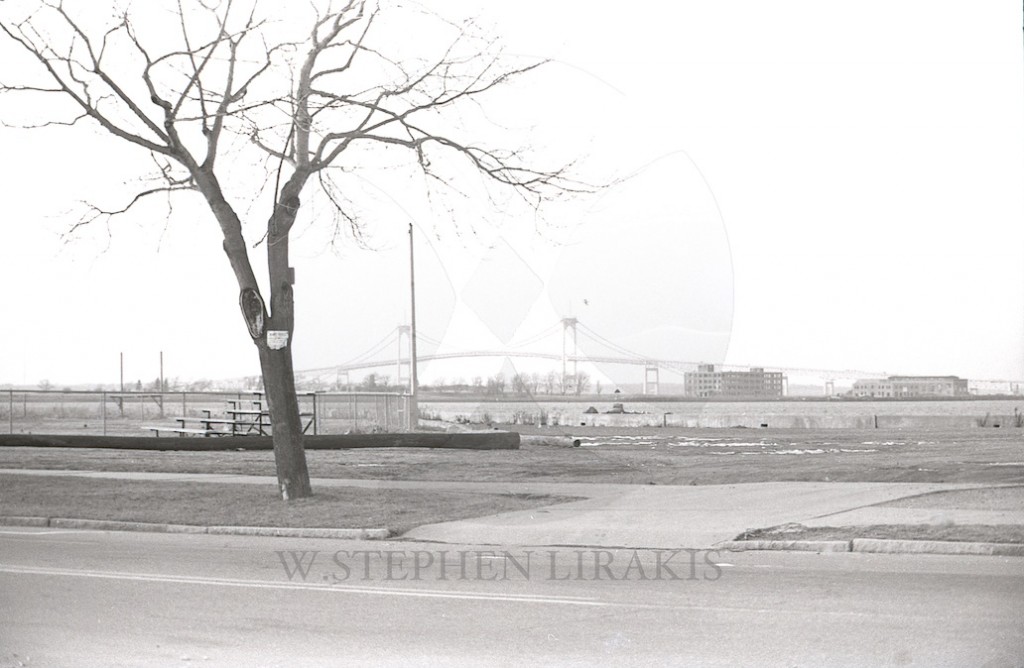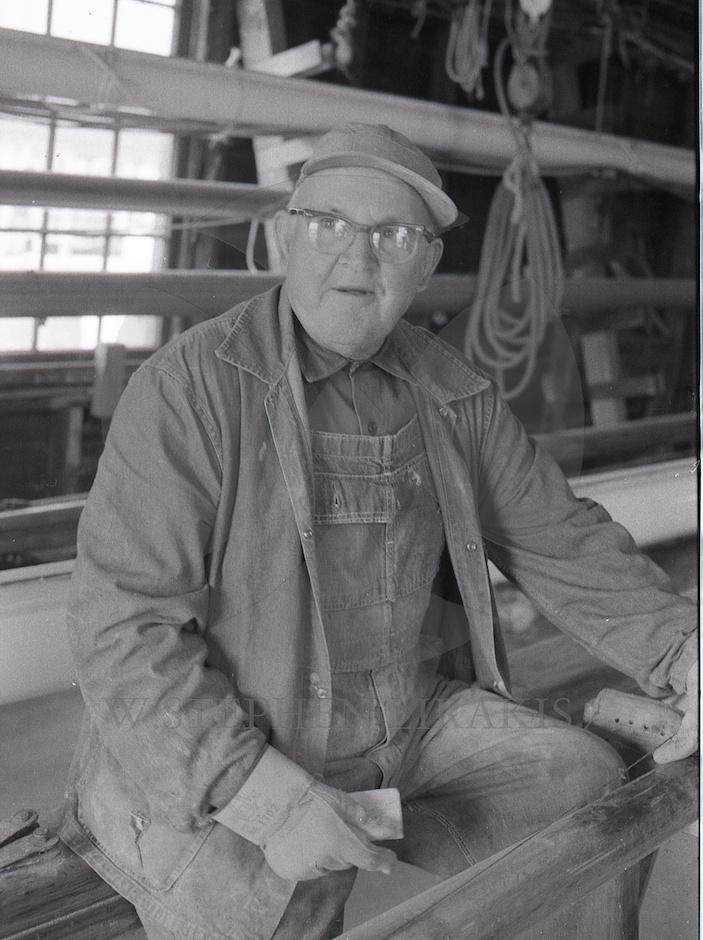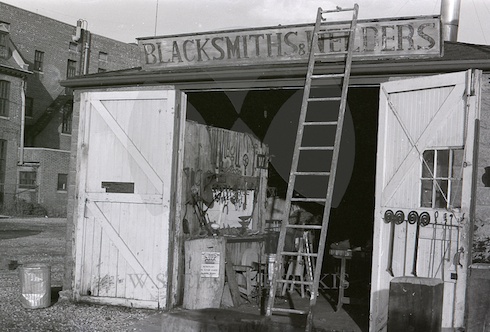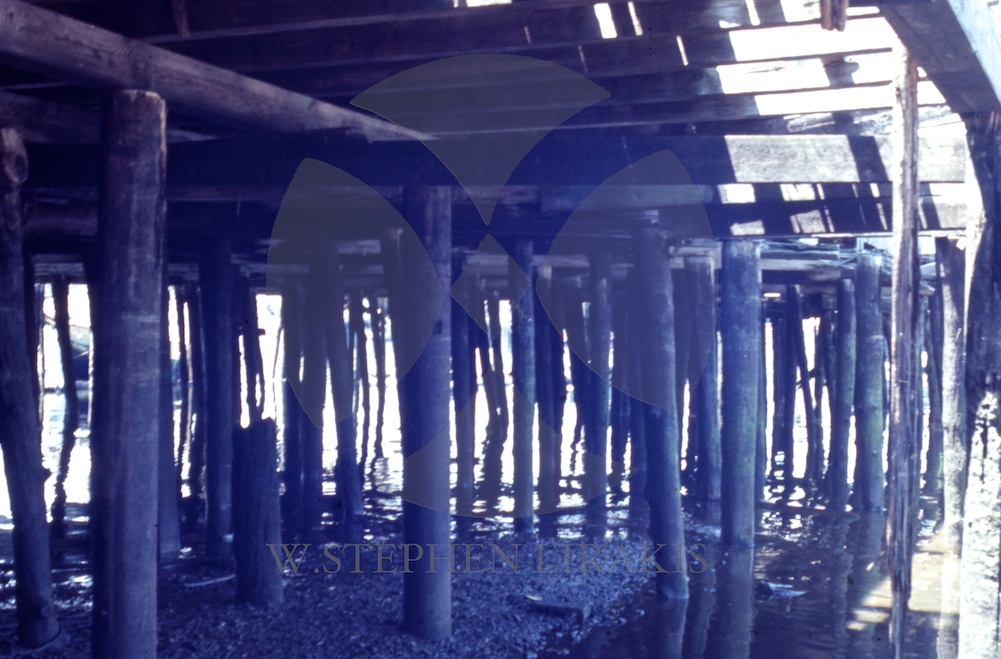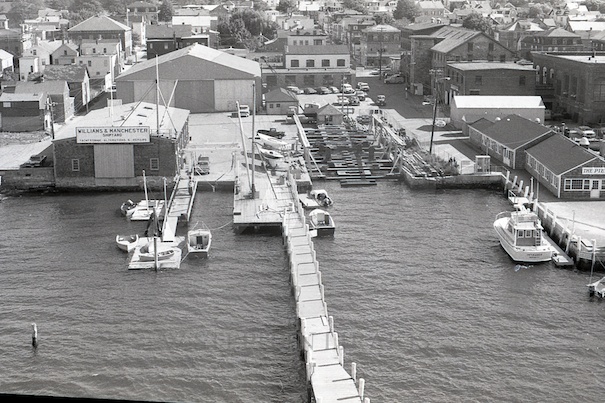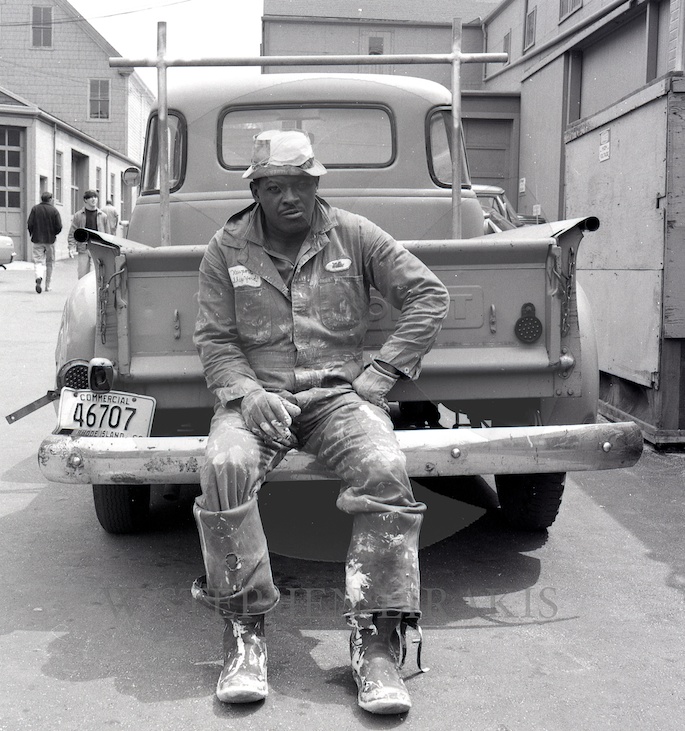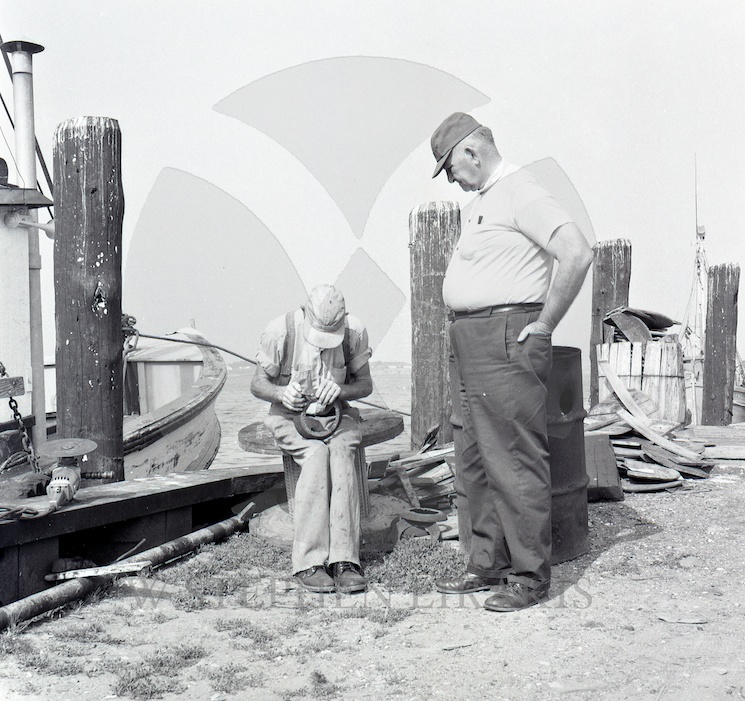Because while Barclay says “no one knows what happened,” we all know better. Artemis’ RIB saw the whole thing, and their crew included a videographer and photographer along with half a dozen other coaches and watchers. Oracle’s RIB watched some portion of it too. The sailors – at least those not grinding – saw most of what happened. There were a dozen waterproof cameras on and around the boat, filming the whole thing. Perhaps no one really saw what happened to Bart, but that doesn’t excuse the silence on everything leading up to it. Perhaps they don’t know exactly what led to the failure, but they know what broke and where.
The public may not have a right to know, but they deserve to know, and the PR arm of any other major sport would be way out ahead of this story, not covering up. Simpson’s thousands of fans back in the UK and around the world, and everyone who has invested their time and money on following the AC over the past year has earned that bit of respect. sailing anarchy
Review Committee – Member biographies
Sally Lindsay Honey (USA)
Sally Lindsay Honey of San Francisco, CA is a member of US Sailing’s Safety-at-Sea Committee. This two-time winner of US Sailing’s Yachtswoman of the Year award (1974, 1973) has logged more than 35,000 ocean miles, double-handed and fully-crewed, including seven Farallones Races, two Transpac Races, four Pacific Cups, two Bermuda Races, a Transatlantic Passage, and a Chicago Yacht Club Race to Mackinac Island, in addition to extensive cruising on both coasts, the Caribbean, and the South Pacific. She also campaigned a 505 dinghy and other one-design classes at the national and world-class levels for twenty years. Honey is a life-long sailmaker who worked for North Sails for four years before starting her own business. She was the owner and president of Precision Technical Sewing and Spinnaker Shop in Palo Alto, CA from 1979 to 2007. The business specialized in sailmaking, marine canvas, and industrial sewing for the aerospace, electronics, medical, and exhibit industries. Honey chaired the US Sailing Independent Review Panel for the Low Speed Chase capsize during the 2012 Farallones Race.
John Craig (USA)
John Craig is currently the Principal Race Officer for the 34th America’s Cup, responsible for conducting the races of the America’s Cup World Series, the Louis Vuitton Cup, America’s Cup Challenger Series, and the America’s Cup Finals. A board member of US Sailing, Craig was the race manager at San Francisco’s St. Francis Yacht Club for more than 10 years, running everything from Optimist regattas to World Championships for the Star and Melges 32 class. He has run approximately 300 regattas on San Francisco Bay. Before joining the St. Francis Yacht Club, Craig was the coach of the Canadian Olympic team for approximately 10 years and has worked closely with many of the top sailors in the world throughout his career. Craig was on the panel for the US Sailing Independent Review of the Low Speed Chase capsize during the 2012 Farallones Race.
Charles Hawley (USA)
Chuck Hawley has sailed more than 40,000 miles on vessels ranging from ultra-light “sleds”, to singlehanded sailboats, to the maxi-catamaran PlayStation. His voyages include two singlehanded passages to Hawaii, three crewed Transpac races and a world record attempt on the west-toeast transatlantic record. As Chairman of US Sailing’s Safety-at-Sea Committee, Hawley has moderated more than 50 US Sailing Safety-at-Sea Seminars since 1990. He is also a powerboat instructor for US Sailing. Hawley has participated in extensive research into crew overboard recovery, life raft design, anchor design, and storm tactics. He has served on the American Boat and Yacht Council Technical Board of Directors, the Transpacific Yacht Club board, and the Pacific Cup Yacht Club board. Hawley is a staff Commodore of the Santa Cruz Yacht Club. Currently, he is the Vice President of Product Information at West Marine. Hawley was a contributing advisor for the US Sailing Independent Review of the Low Speed Chase capsize during the 2012 Farallones Race.
Vincent Lauriot-Prévost (FRA)
Vincent Lauriot-Prévost is a co-founder of the French multihull design firm Van Peteghem Lauriot Prévost (VPLP), which have set and hold more records than any other design team. They specialize in multihulls, including racing trimarans, custom sailing catamarans, the Lagoon range of cruising cats produced by Beneteau, and some work boats for fishing and day charter. Design projects include l’Hydroptère, Groupama 3, Maxi Banque Popuilaire V, and BMW Oracle BOR 90.
James Farmer QC (NZL)
Jim Farmer is a Queen’s Counsel, admitted to practice as such in New Zealand, New South Wales, Victoria and the Australian Capital Territory. In addition, he has been admitted to appear on a case by case basis as a non-resident Queen’s Counsel in Hong Kong. He has University degrees from the University of Auckland – Bachelor of Laws and Master of Laws with First Class Honours – and from the University of Cambridge – Ph.D, for which he was awarded the Yorke Prize. He has held academic positions at Auckland, including an appointment as a part-time Professor of Law, and Cambridge, where he was a Fellow of Gonville and Caius College. His field of practice covers all areas of commercial law and public law. He is particularly known for the many appearances that he has made as counsel in competition (antitrust) law cases. He has in the last 15 years competed as a yachtsman, forming Georgia Racing, which has built 5 keel boats ranging between 36 and 53 feet in that period. He has successfully campaigned these boats in New Zealand (winning 2 New Zealand IRC championships and a number of major regattas) and in Australia as well as winning the Kenwood Cup in Hawaii, placing 4th in two Mumm 36 World Championships (San Francisco and Italy) and placing second in the Corum Cup in Hong Kong and Hamilton Island in 2010 in Australia.
Iain Murray (AUS)
Iain Murray is the Regatta Director for the 34th America’s Cup and CEO of America’s Cup Race Management. Murray has won a record six consecutive 18ft Skiff World Championships, from 1977 to 1982. The success in the 18’ skiffs led to his selection as helmsman of his 1983 challenger Advance. Murray joined with the Kookaburra syndicate for Australia’s defense of the Cup in 1987 where they earned the right to defend the Cup after a cantankerous defense series. Murray also led the Spirit of Australia challenge for the 1992 Challenger Series. In 1995 Murray was a member of oneAustralia syndicate, which saw their Challenger fracture and sink whilst racing the winning New Zealand yacht. From 1995-2001 Murray was on the Australian Maritime Safety Authority, including serving as Deputy Chairman for three years from 1998. Murray has logged 18 Sydney-Hobart Races, including three overall victories and five line honors wins culminating in breaking their own race record in 2012.
Jon Lane is a lieutenant with the U.S. Coast Guard, Sector San Francisco. A 26-year veteran of the Coast Guard, Lane is the Acting Chief, Sector San Francisco Investigations Division. Lane also has 10 years experience as a marine casualty investigator and has completed courses from the National Transportation Safety Board regarding marine accidents and human factors/fatigue. He has previously been a USCG Helicopter Rescue Swimmer/EMT and has familiarity with rescue/survival equipment usage and crew training.
I already have my own opinions without the privilege of the facts. As stated by others, Artemis has already a great deal of information available because there were cameras and video cameras on board as well as the support boat with crew nearby,which can give a first hand account of what they saw. Load cells on everything. The answers are there.
I guess the statement that the organizers had no idea of the danger inherent in the Boats they had chosen for the event is one I have trouble swallowing. We in the sailing community have all said since the beginning that this was an accident waiting to happen.
The likely outcome as no one can undo the past is that ribs with rescue swimmers will be patrolling the harbor anytime the AC72s are sailing.Maybe even ambulances waiting at the docks. There can be little question that the America’s Cup as now structured is a NASCAR like event. People will flock to see near tragedy or worse. It is now at the level of a life or death battle. The show must go on.
While it is true that these boats are cutting edge and the edge can only be defined by hindsight. The 12 meters and the J class scantlings were administered by a separate authority and were probably grossly overbuilt. It is the reason they are still with us today. This will not be the case with this generation of boats. Looking at photographs, like most of you, on my computer, I believe that Oracle beefed up the central structure of their second boat recognizing the loads it is subjected to. ( The giant trimaran used the central hull to put enough support under the giant wingsail it carried)

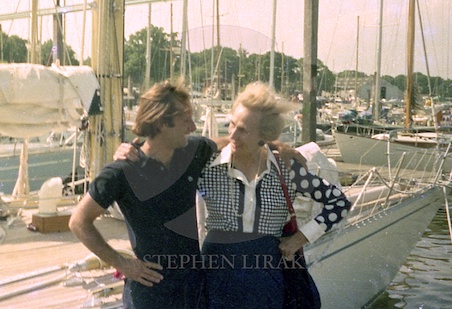
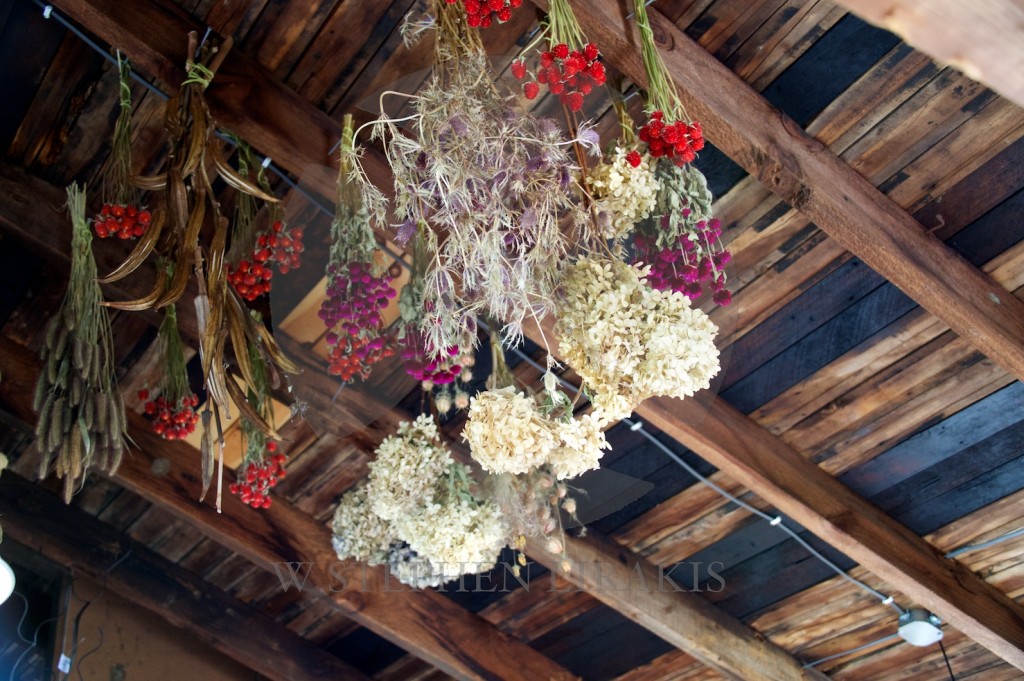
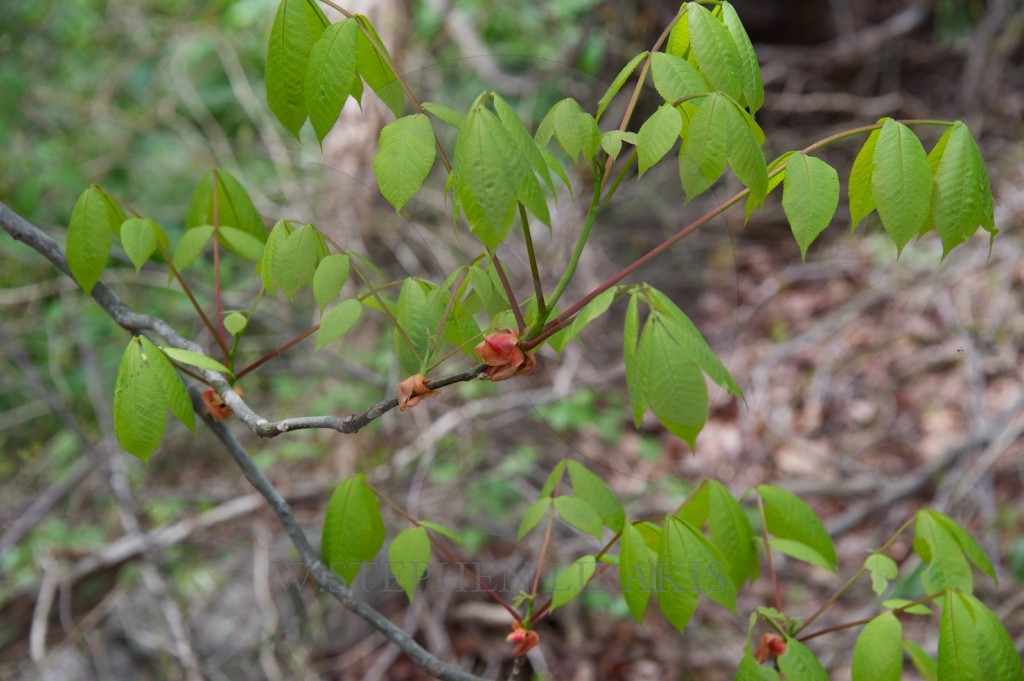
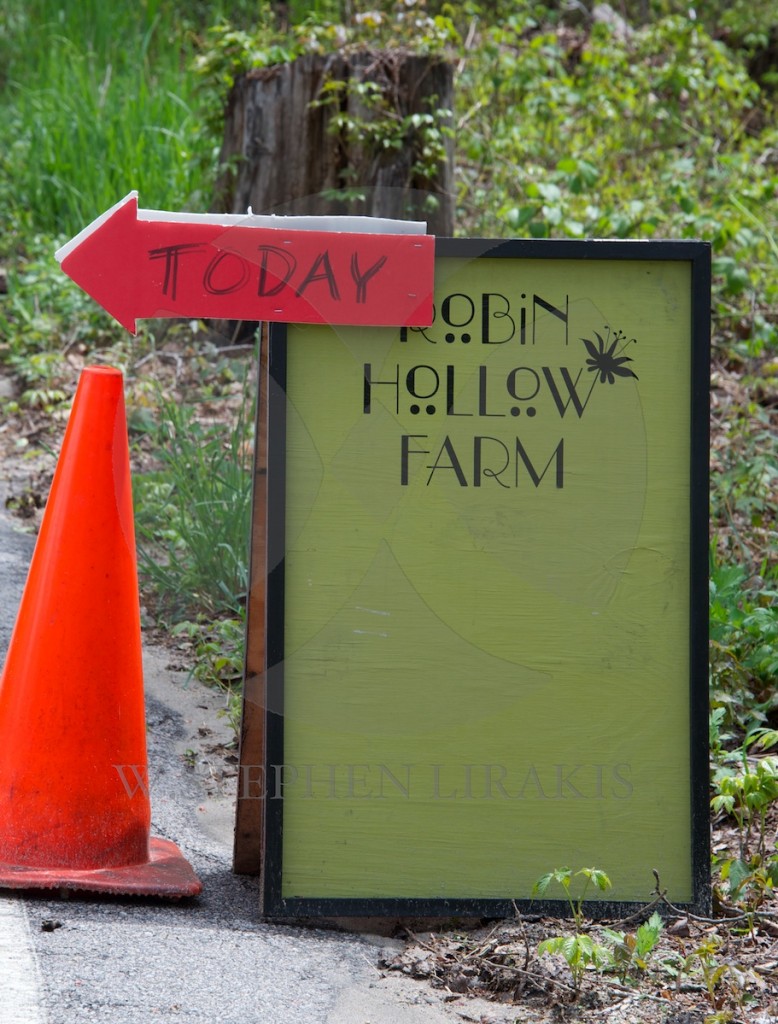


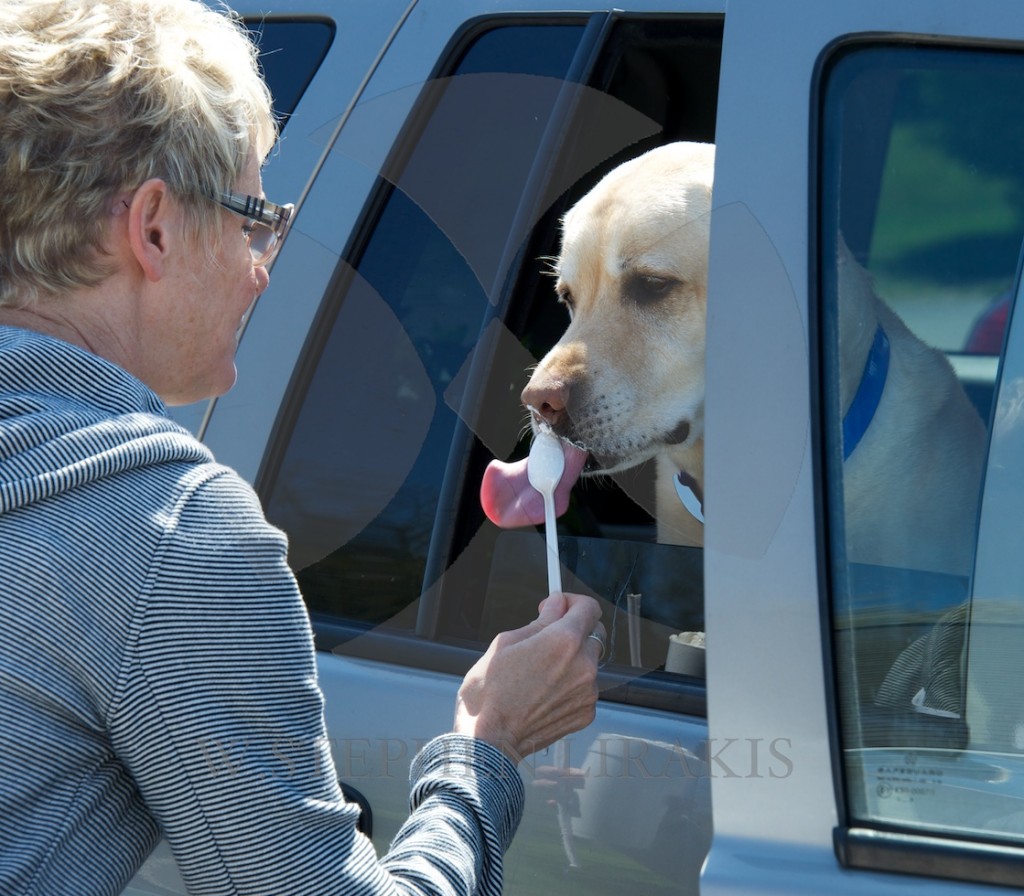
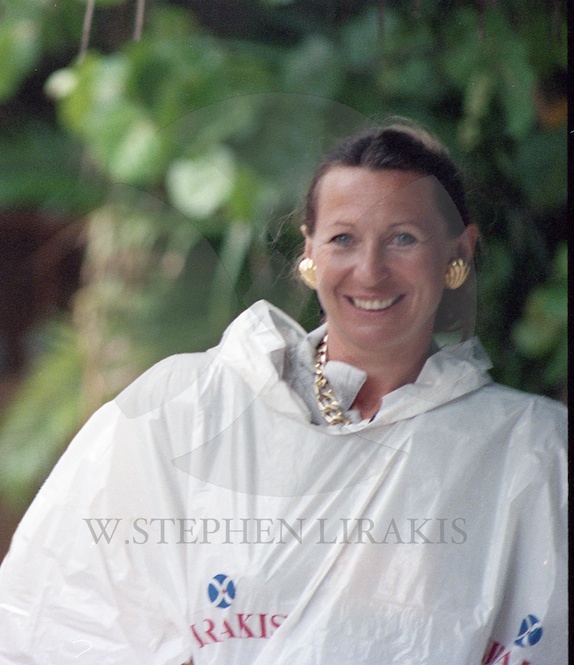
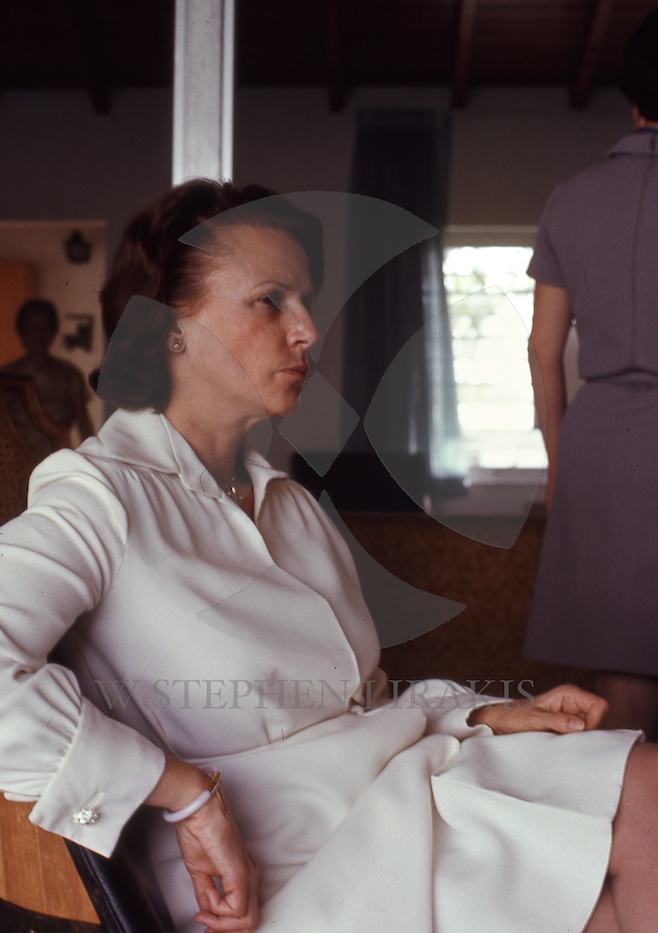

 Raw video: Rescue from HMS Bounty
Raw video: Rescue from HMS Bounty
